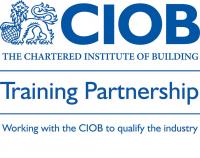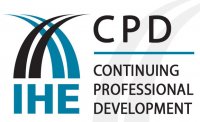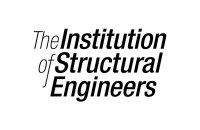Overview:
Course Outline:
Health and Safety Legislation
Introduction to legal requirements including:
- The Health and Safety at Work Act
- The Management of Health and Safety at Work Regulations
- Civil and Criminal Law
- Statute and Common Law
- Reasonable care, Negligence, Vicarious liability, Levels of duty
- Enforcement and notices
Introduction to the Construction Regulations including:
- The Construction (Health, Safety and Welfare) Regulations
- The Construction (Head Protection) Regulations
- The Construction (Design and Management) Regulations
Plus various other legislation applicable to Managing Safety in Construction e.g.
- Asbestos
- Personal Protective Equipment
- First Aid
Safety Management Systems
Introduction to Safety Management Systems:
- HSG65
- ISO 9001
- ISO 14001
- OHSAS 18001
The main elements in HSG65
- Policy
- Organising
- Planning
- Monitoring
- Review
- Co-operation
- Communication
- Control
- Competence
Risk Assessment
- Introduction to Risk Assessment and Control
- The principles of Risk Management
- Hazard and Risk
- Hazard identification
- The Risk Assessment process (both general and the specific in-house process)
- Observations and interview techniques
- Risk Rating and severity
- Risk Control hierarchy
- Risk Control systems
- Risk reduction
- Recording requirements
- Reviewing Source documentation / reference material
Reactive Monitoring
- The main management activities of reactive monitoring
- Measuring performance
- Events and outcomes
- Reporting and Recording (legislation compliance and company specific)
- RIDDOR
- Reportable outcomes
- Non-reportable outcomes
- Dangerous Occurrence (Construction specific):
- Excavation
- Scaffolding
- Working at heights
- Steel erection
- Lifting operations
- Use of mobile cranes
- Working in confined spaces
- Noise and vibration
- Recording
- Reviewing
- Incident and accident investigation
- Interviewing and recording techniques
- Establishing and maintaining rapport
Active Monitoring
- Continuous active monitoring methods
- Periodic examination and formal monitoring
- Inspections and audits
- Activity observation
- Frequency of monitoring
- Documents and records
- The use of performance standards as a basis for measuring achievement
- Analysis of information and records
Common Hazards
Management of the following hazards:
- Fire
- Electricity
- Work equipment / including access equipment
- Working at heights
- Steel erection
- Excavations Scaffolding
- Movement of people
- Confined spaces
- Vehicles
- Housekeeping
- Manual handling / lifting operations
- Noise / vibration
- Chemicals
- Contractors
The relevant guidance, codes of practice, standards and source documentation as they apply to the above.
Identification of key actions to minimise risk, key management activities, legislation and information.
Human Factors
Factors that can affect human behaviour:
- Personality - Attitude - Aptitude - Motivation
The effects of experience, intelligence, education and training on behaviour at work.
The work place environment, and it's effect on the individual.
Communication and information
Perception and risk
Stress in the workplace:
- Environment - Systems - Relationships
Intended For:
Clients, employers, project managers, architects, engineers, planning supervisors, site managers and site staff.








